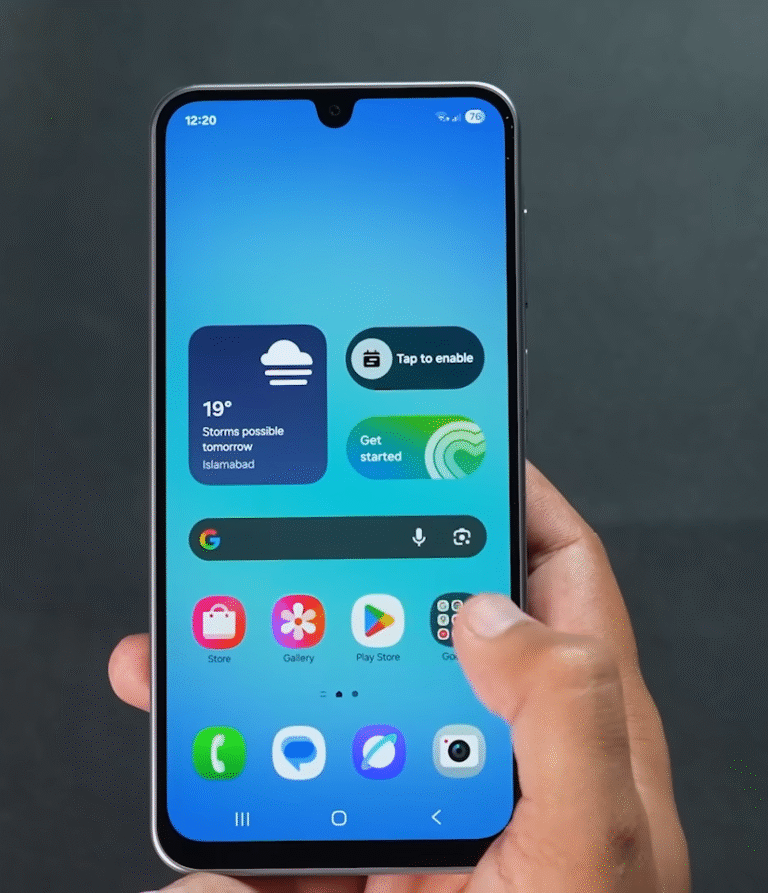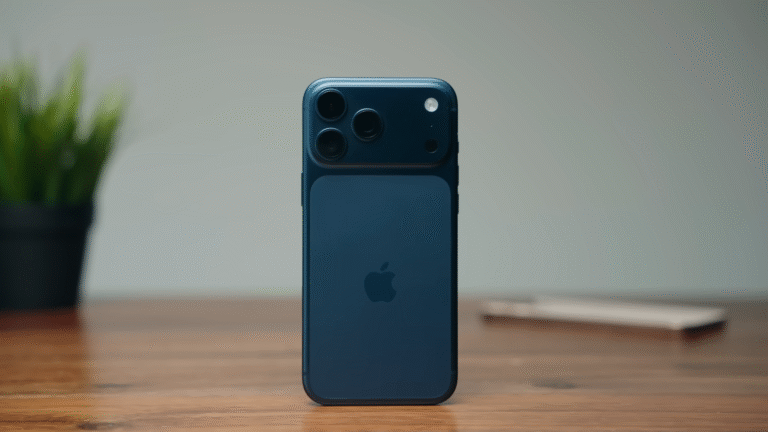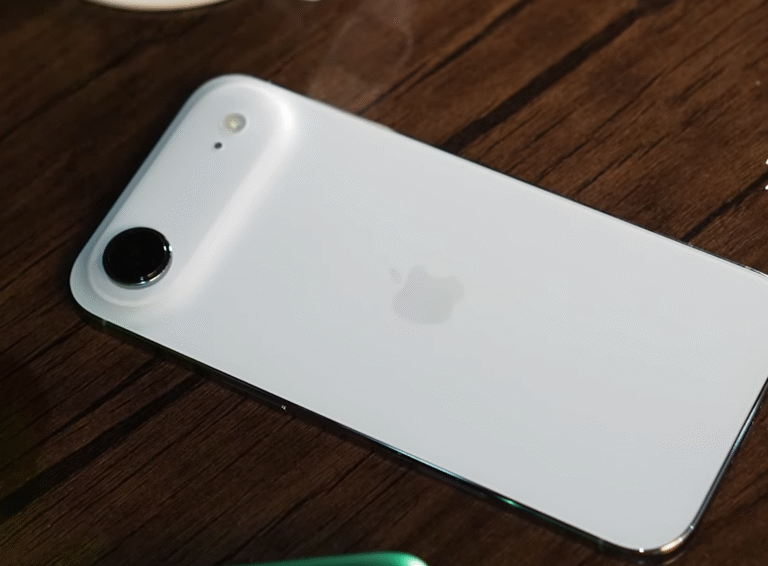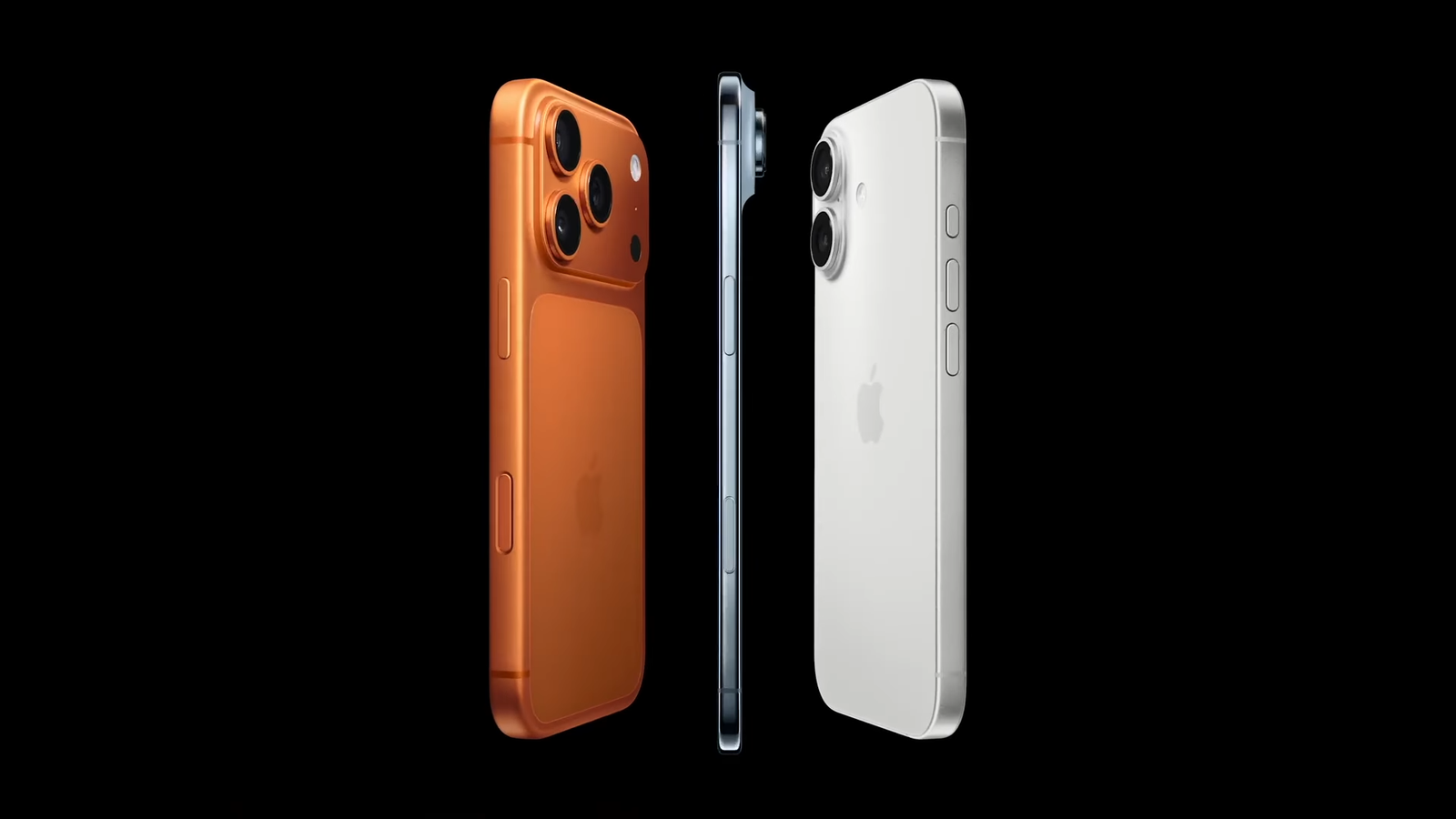
For more than a decade, two names have dominated the smartphone world: Apple and Samsung. Every time Apple reveals a new iPhone, the internet buzzes with comparisons to Samsung’s devices. Some say Apple leads in design and branding. Others believe Samsung pushes real innovation first.
This debate came alive again when Apple unveiled its latest iPhone lineup. Many people immediately noticed how some design choices look very similar to what Samsung has done before. From sleek frames to bold colors, and even certain camera features, Apple’s new phones feel oddly familiar to longtime Samsung fans.
This isn’t just coincidence. Apple and Samsung have been in a constant back-and-forth, trying to outdo each other. When one company creates something new, the other studies it, improves it, or sometimes borrows the idea outright. It’s a race that never stops—and one that has shaped the entire smartphone industry.
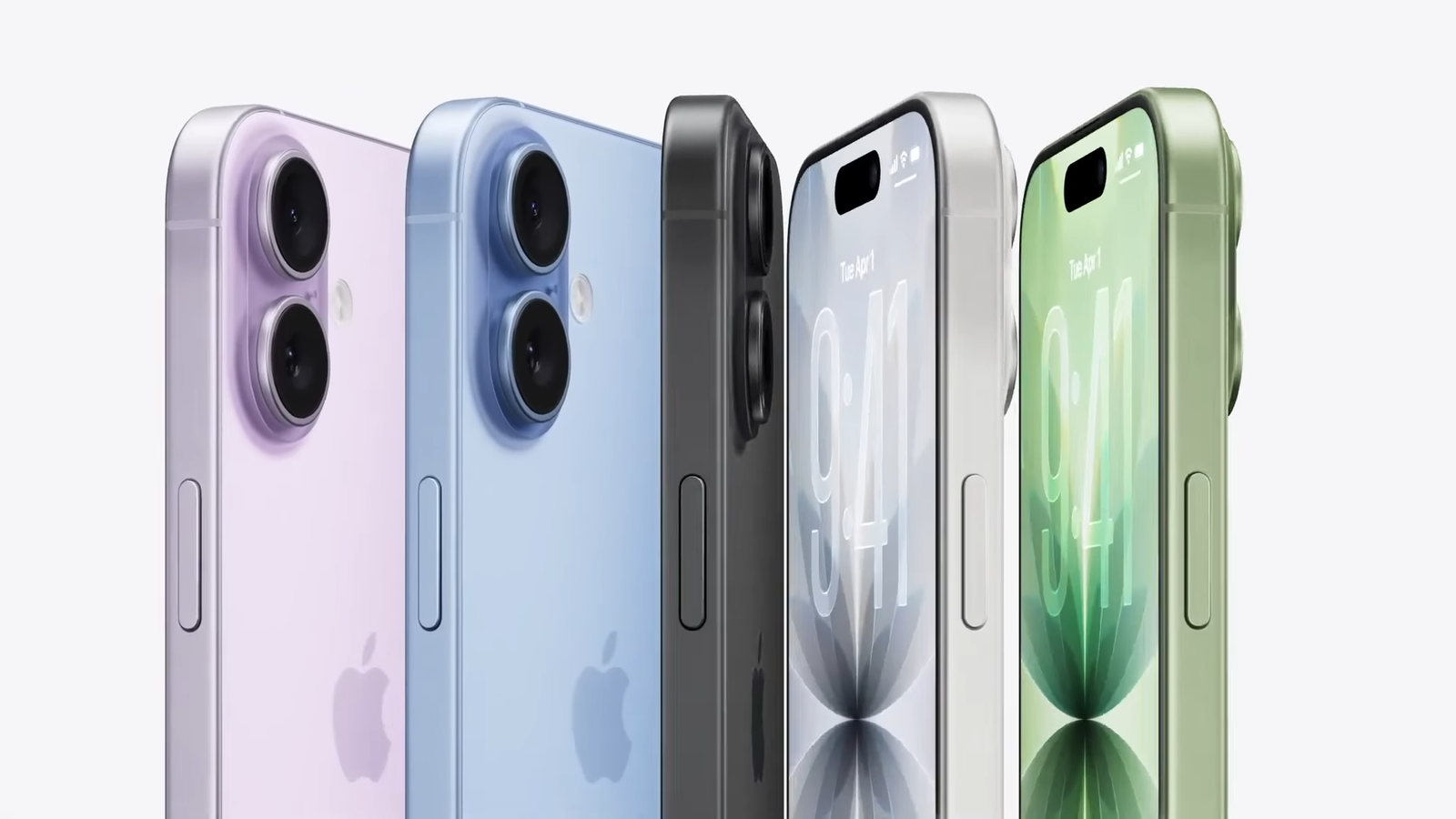
The iPhone Air and Galaxy Echoes
Apple’s newest slim model, the iPhone Air, has drawn attention for its super-thin design and strong titanium frame. But for anyone who remembers the Galaxy Edge series, the design might spark déjà vu.
Samsung introduced curved-edge screens and ultra-thin bodies years ago. Those devices were praised for their futuristic feel. Now, Apple is offering something that looks and feels very similar—just with the signature Apple polish.
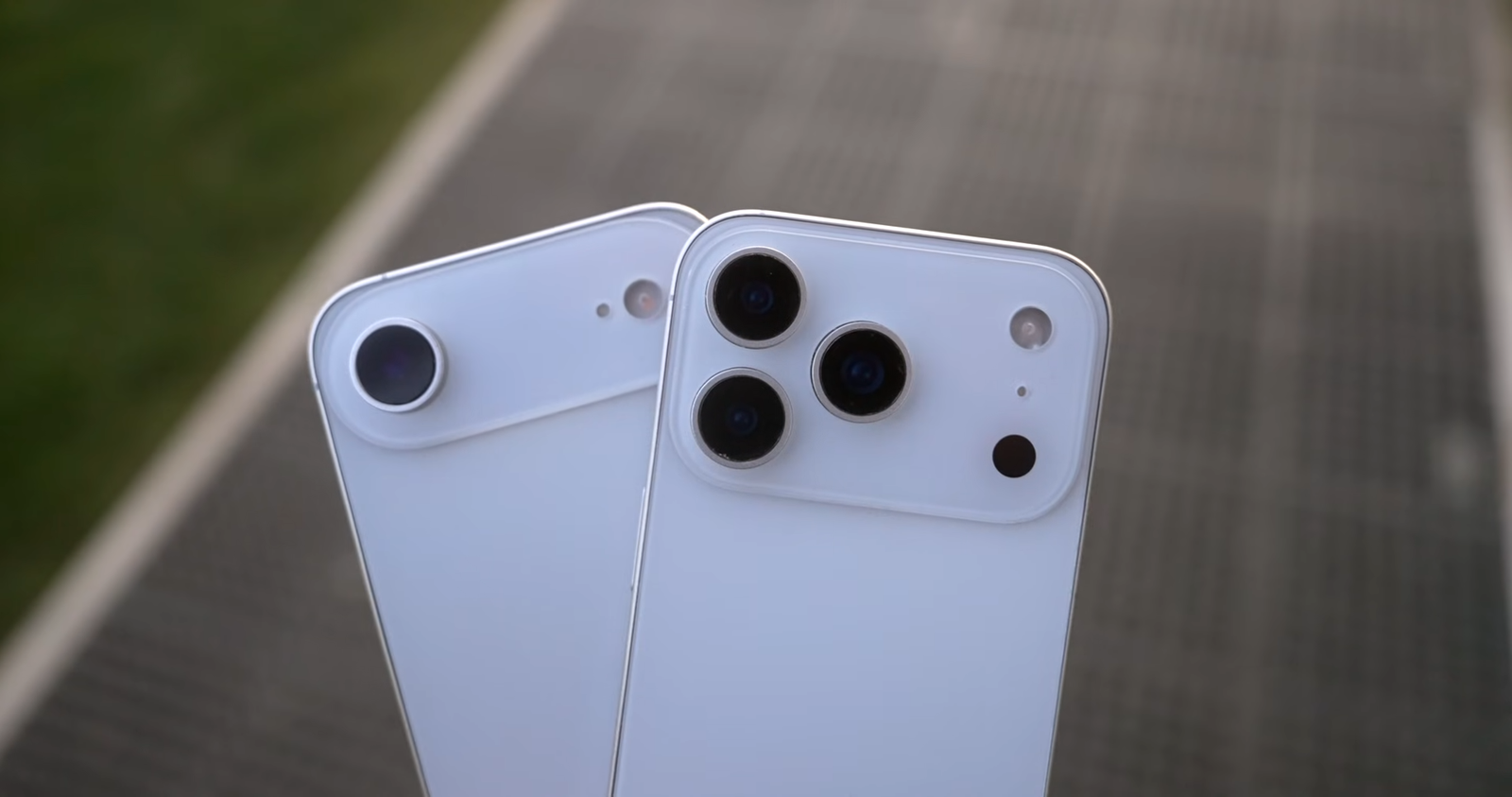
Even small details stand out. The iPhone Air has removed the SIM card tray to move fully into eSIM territory. Samsung began doing this years ago on many of its flagship phones. Apple is presenting it as a big step forward, but it’s really a step Samsung already took.
Apple Playing Catch-Up on Innovation
While Apple talks about sleekness and design perfection, Samsung has been charging ahead with bold experiments. The best example is folding phones.
Samsung has already released several generations of foldable smartphones, improving their durability, displays, and software every year. Their latest foldables are now reliable and widely used. Apple, meanwhile, hasn’t even released a foldable phone yet. Industry leaks say they are still testing prototypes.
This makes Apple’s current phones look less futuristic by comparison. They are beautifully built, but they don’t feel like a major leap forward. Samsung seems to be pushing the boundaries, while Apple focuses more on refinement and stability.
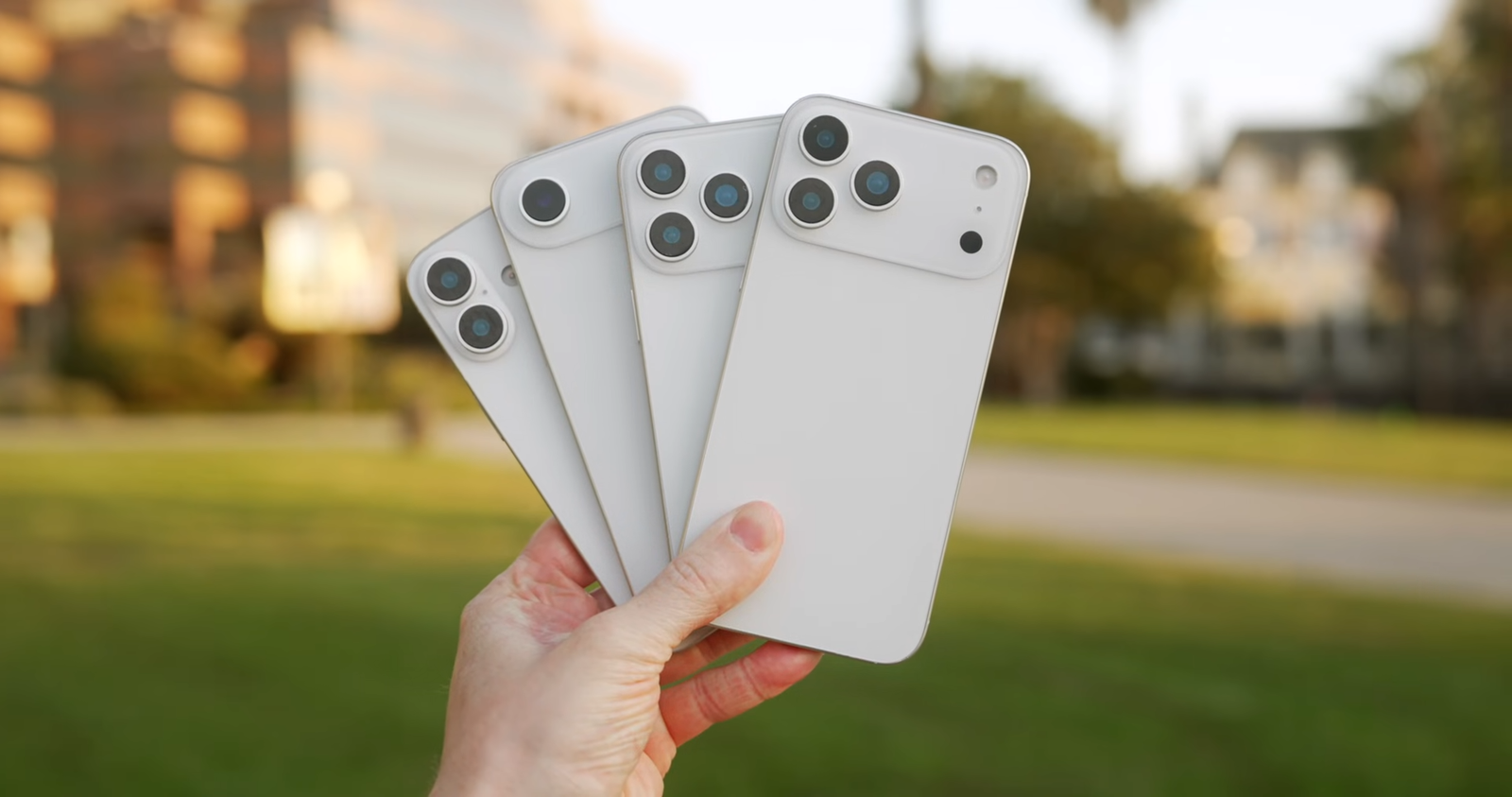
The Big Camera Plateau Debate
Apple has also made the rear cameras on its new iPhones much larger. The iPhone Pros especially now have a huge square camera plateau sticking out of the back.
Samsung fans have joked that Apple made the camera bump so large you could almost fit one of Samsung’s professional camera modules inside it. The design feels more like a plateau than a bump now, taking up a big part of the phone’s rear.
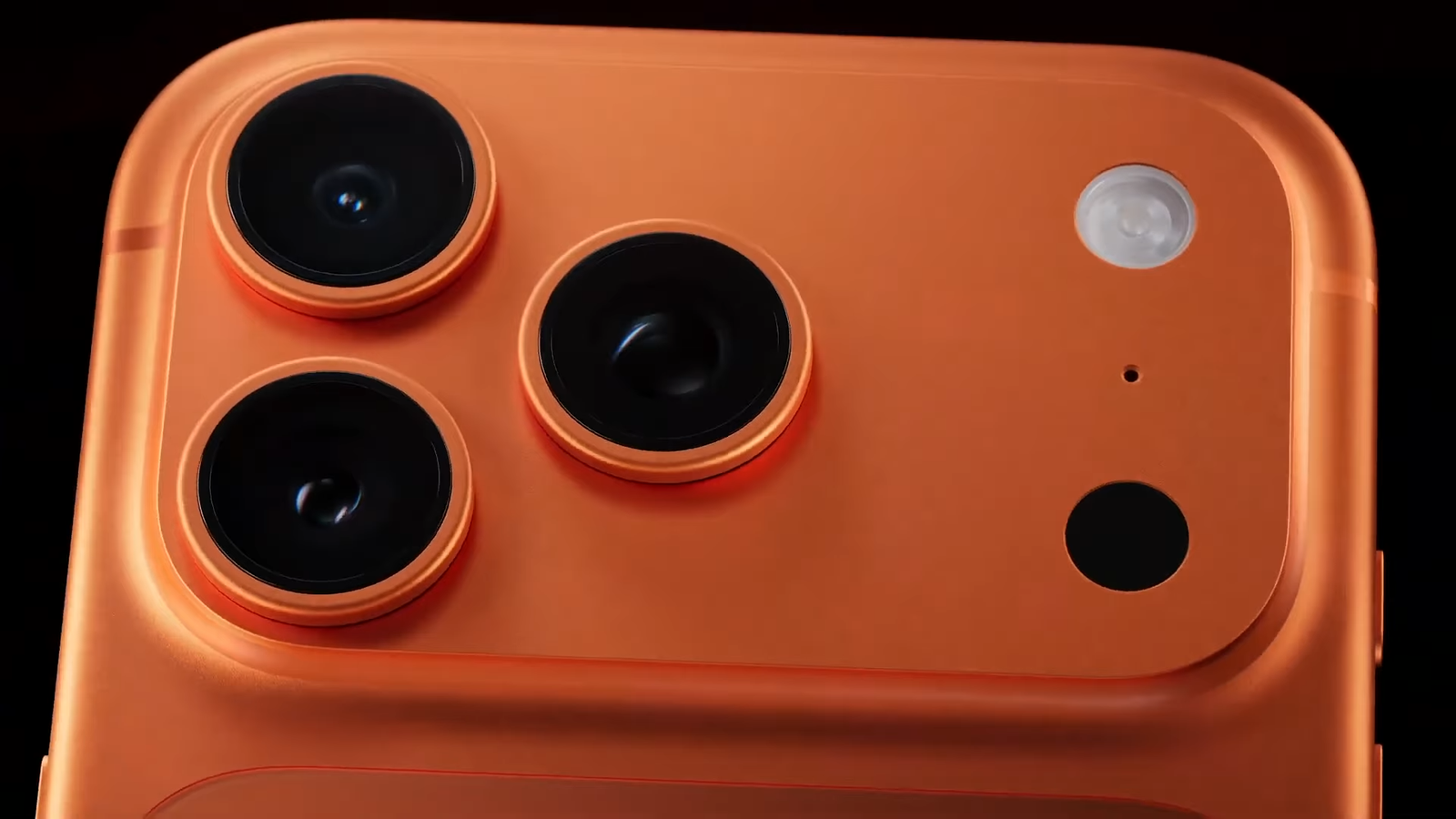
Apple says this is for improved photography, but the visual similarity to Samsung’s earlier big-camera designs is hard to miss. And while Apple presents it as new, Samsung has been pushing big camera sensors and advanced lenses for years.
Even Apple’s choice of bold new colors, like bright orange, has reminded people of Samsung’s adventurous color choices in past models.
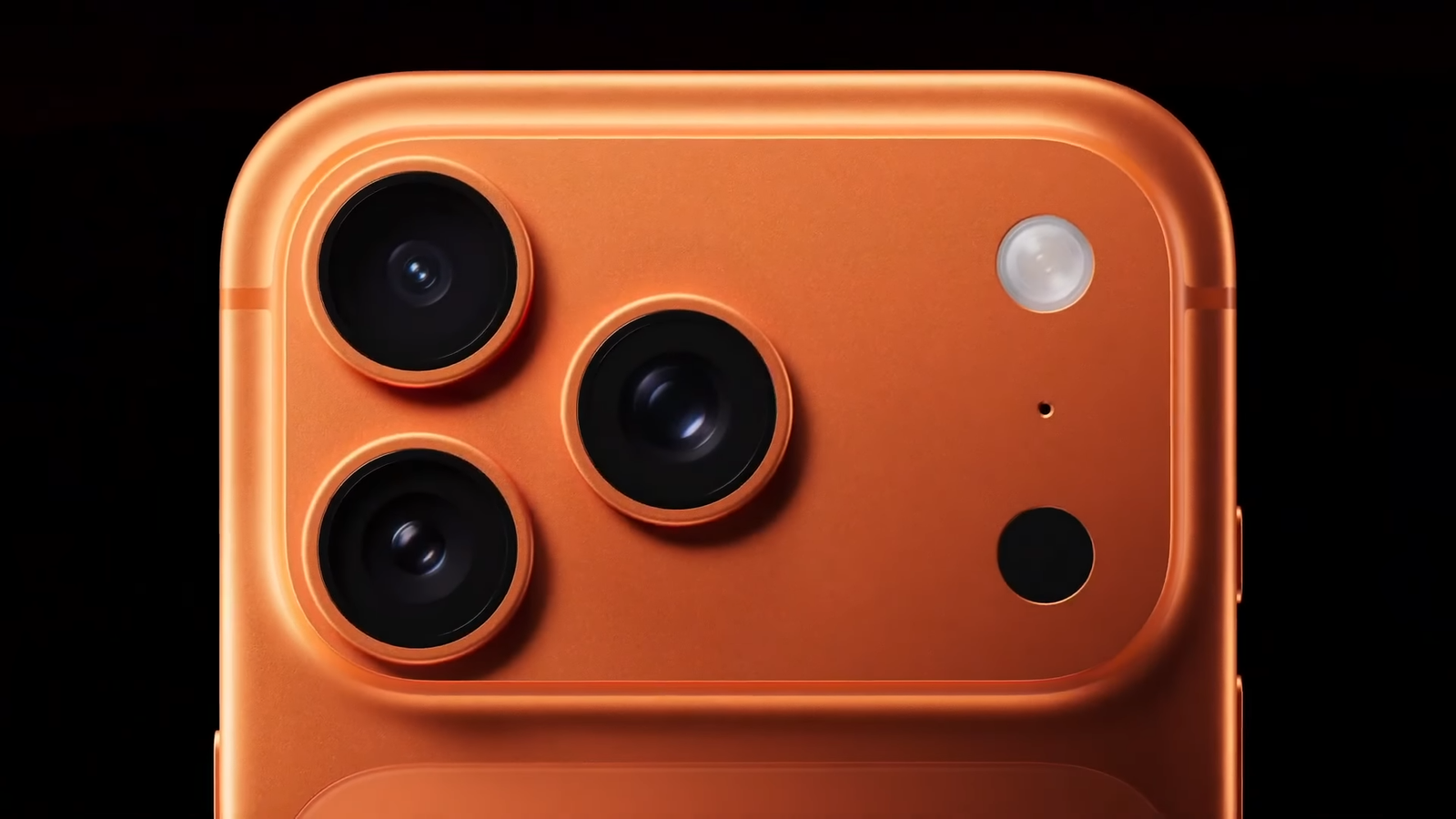
A Familiar “New” Feature: Dual Recording
One of the most talked-about new features on the iPhone is dual recording — the ability to film with both the front and back cameras at the same time.
Apple highlighted this as an exciting breakthrough, but older Samsung users might smile at the memory: Samsung offered this feature way back on the Galaxy S4 over a decade ago.
While Apple’s version is more polished and integrated into the iPhone’s camera app, the idea itself is far from new. It shows again how Apple often perfects existing ideas rather than being the first to launch them.
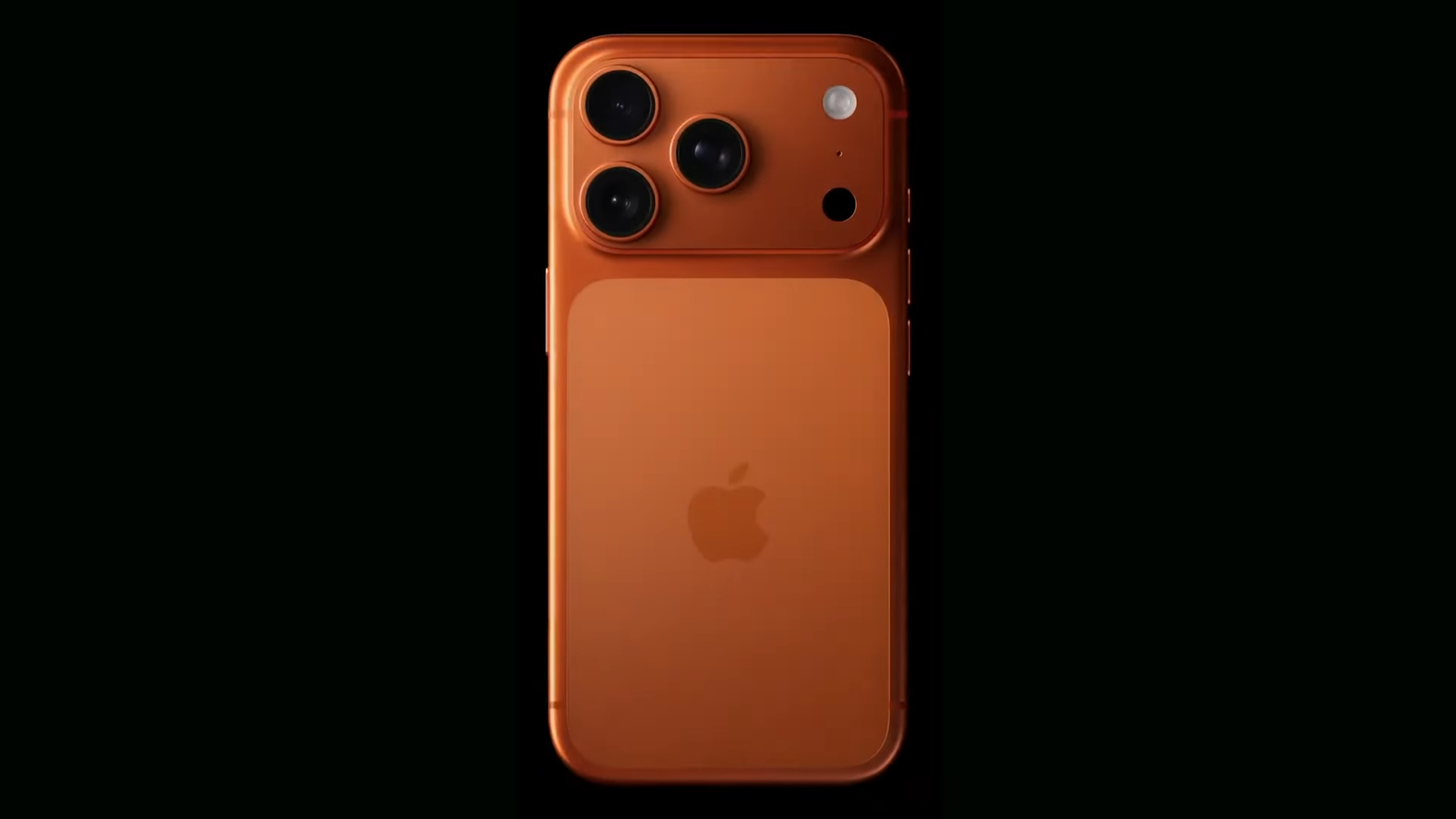
How Apple and Samsung Drive Each Other Forward
This isn’t to say Apple just copies Samsung. The rivalry is more complex than that.
Samsung often tries bold experiments first — foldables, giant camera modules, unusual display shapes. Some of these experiments succeed, and others quietly disappear. Apple watches closely and then chooses which ideas are worth adopting. When they do adopt them, they refine and polish the concept until it feels smooth and reliable.
That’s why Apple often looks like it’s behind, but when they release something, it works well from day one. Samsung pushes boundaries, while Apple perfects the experience.
This balance is what makes their rivalry so powerful. Each company forces the other to improve. Without Samsung’s daring approach, Apple might not feel the pressure to add new features. And without Apple’s perfectionism, Samsung might not push to polish its experiments.

Design vs Innovation: Two Different Strengths
Apple’s strength has always been design. Their phones feel premium, clean, and beautifully built. Every button, every curve, every color is carefully chosen. This gives iPhones a timeless, luxurious feel that attracts millions of users.
Samsung’s strength is experimentation. They aren’t afraid to try new form factors like folding screens or huge periscope cameras. Some of these ideas become industry standards later. Others fade away. But Samsung keeps trying, and that willingness to take risks keeps them at the cutting edge.
When Apple adopts a Samsung-style feature, they often present it as revolutionary, even if it has been seen before. And because Apple integrates it so smoothly, many people believe it is new. That is part of Apple’s genius — turning complex tech into something simple and user-friendly.
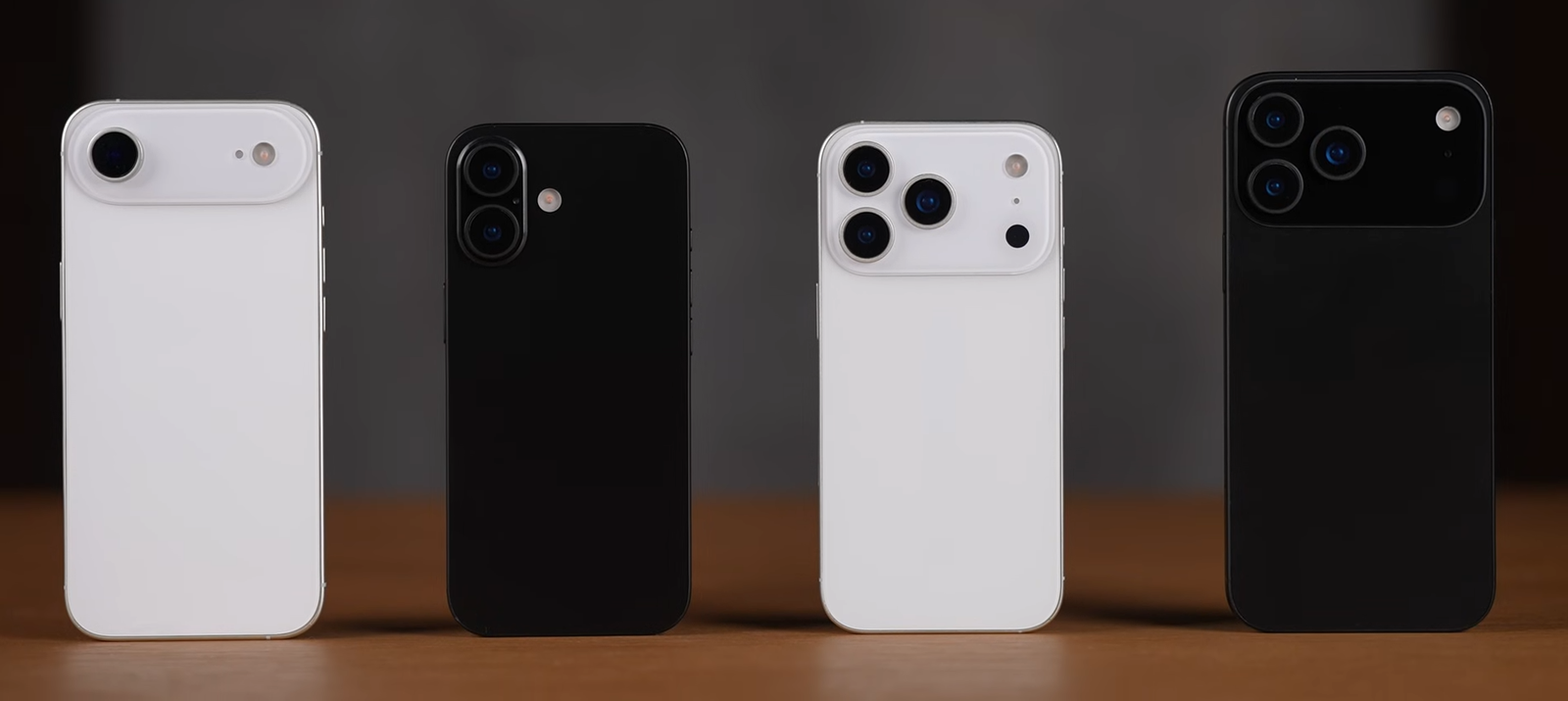
Consumers Win From This Rivalry
While fans debate who is copying who, regular users are the real winners. Because these two giants compete so fiercely, smartphones keep getting better faster.
If Samsung hadn’t pushed folding phones forward, Apple might not be developing one now. If Apple hadn’t made premium design the standard, Samsung might not polish its experimental phones so carefully.
This competition drives faster progress, better features, and more exciting devices for everyone. The rivalry also pushes other companies, like Google and OnePlus, to raise their game too. When Apple and Samsung set new standards, the whole industry reacts.
Where the Battle Goes Next
Looking ahead, both companies are preparing big moves. Samsung is expected to keep refining its foldable lineup and improving AI-powered camera systems. Apple is rumored to be developing its first foldable iPhone and possibly experimenting with advanced AR features and even thinner, lighter designs.
Their rivalry is far from over. If anything, it’s entering a new phase. The next few years may bring more crossover of ideas as they race to define the future of mobile tech.
And as always, fans will watch closely, comparing every new design choice and feature to see who’s truly leading.

Final Thoughts
Apple and Samsung have shaped the smartphone world through competition, imitation, and innovation. Apple’s latest phones show how much the two brands now influence each other.
Samsung pushes bold new technology. Apple perfects and polishes. The result is faster progress than either could achieve alone.
So whether you love Apple’s clean design or Samsung’s adventurous spirit, remember this: their rivalry is the engine driving smartphone evolution. And in this battle, the biggest winners are all of us who use these amazing devices every day.

